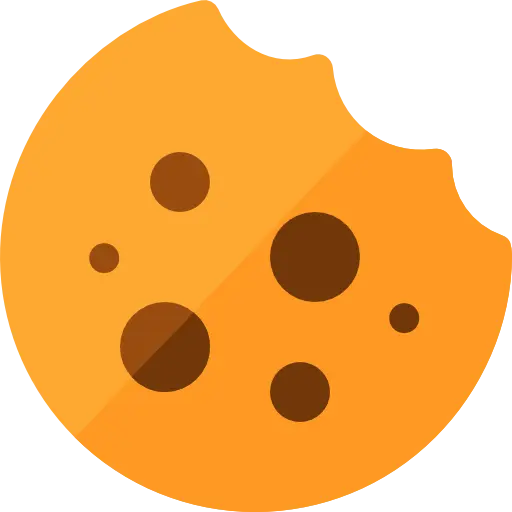If you are among the 78% of businesses who consider themselves “extremely” or “quite” committed to delivering the best online user experience, listen up, because this article is all about website solutions for usability.
Arguably the most vital part of the online user experience is site navigation. Ask yourself this: is your website a properly planned city grid or is it a disjointed labyrinth with twists and turns that lead to dead ends and inescapable loops? If a visitor can’t follow your “street signs” to get from your home page to a landing page that answers her questions or meets her needs, you’ve got a lot of work to do.
Here are two custom web development tips you must follow if you want to make your website easier to navigate.
Be Basic
You obviously want to make your website stand out, but hear this: there is a time and a place for creative, out-of-the-box design, and your navigation bar is not it. Every experienced website design company knows that good design requires great organization. There is a standard format when it comes to web development for navigation, and if you don’t stick to it, you will lose your audience almost immediately.
According to SEO experts, websites with 51 to 100 indexed pages generate 48% more traffic than websites with fewer than 50 pages. Having a lot of content to work with is essential for search engine optimization purposes, but with so many pages, organization becomes that much more difficult (and that much more important). The majority of users don’t want to hunt through a site to find the page they’re looking for. As much as you might love an innovative and thought-provoking website design, the average user will not.
The most important part of usability is not style; it’s consistency.
Be Clear
Navigation is not content. It doesn’t need to be cute or funny; it needs to be representative of the content to which it is linking. For instance, a link to your products page should be labeled “Products,” not “Our Creations.” This is essential not only for navigation, but for SEO purposes as well. Create links that clearly identify their landing pages. Yes, it’s boring, but it’s simple and easy to follow.
Imagine you are visiting a new city and you’re looking for the museum. You will want to follow signs that say “Museum this way” or “Museum in 5 miles.” You might get pretty lost and confused if you see a sign that reads, “Cool old things over here” or “Relics, antiquities, and archives in 316,800 inches.”
According to web credibility research from Stanford, 75% of internet users admit to making judgments about a business’s credibility based on their website’s design. That is why usability and ease of navigation are such important factors to consider when working on web development.
Menu

